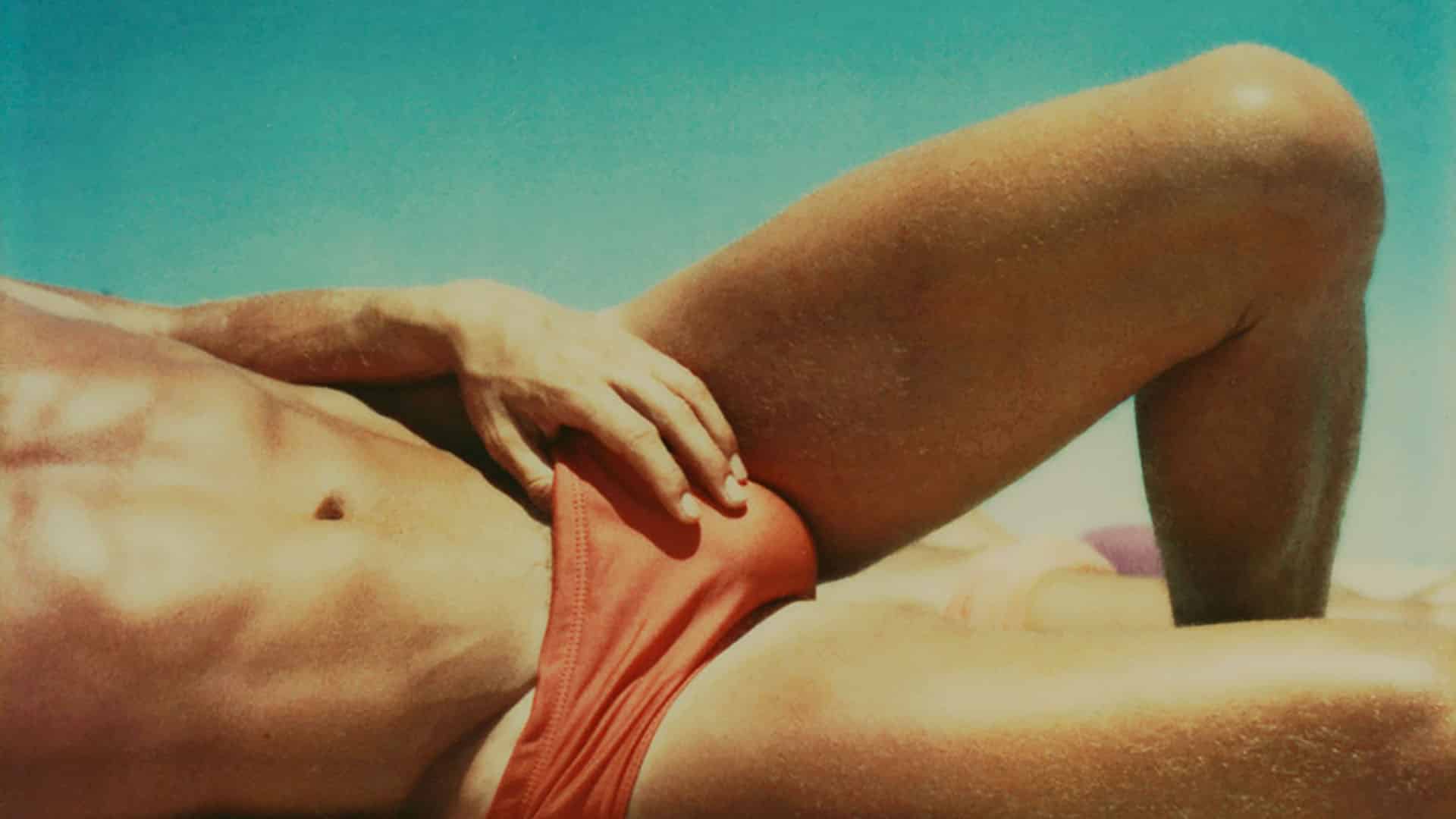In the first of a two part series, we explore how LGBTQ artists created homoerotic photography when it was criminalized and the impact of the emerging Gay Liberation Movement.

You’re getting blind.
Don’t miss the best of visual arts. Subscribe for $9 per month or $108 $90 per year.
Already suscribed ?



